
Lot 239
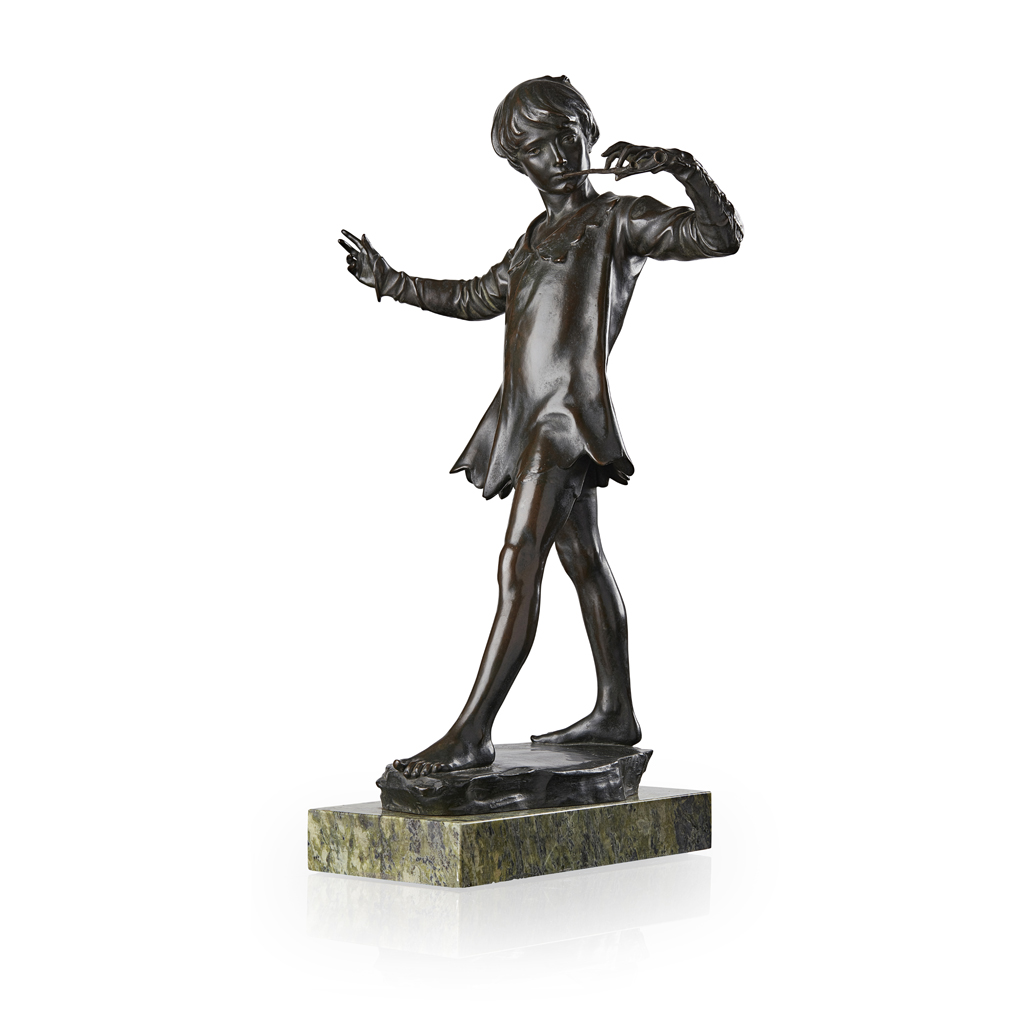
SIR GEORGE JAMES FRAMPTON (1860-1928)
'PETER PAN', DATED 1911
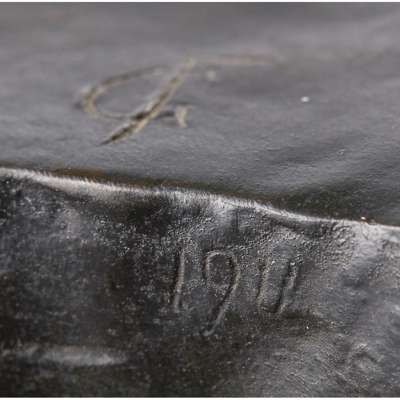
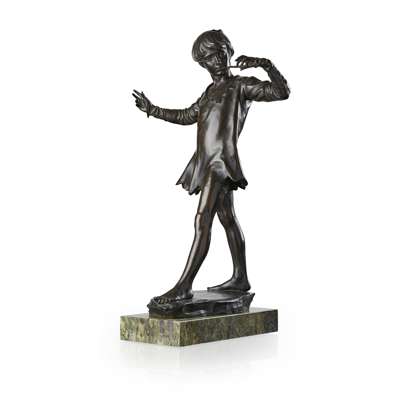
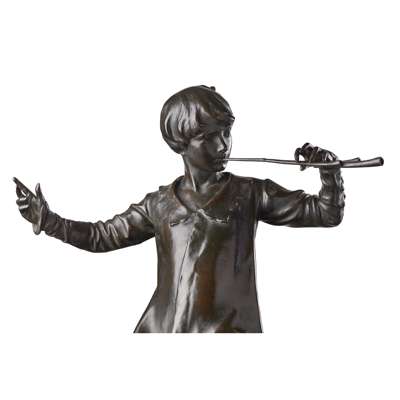
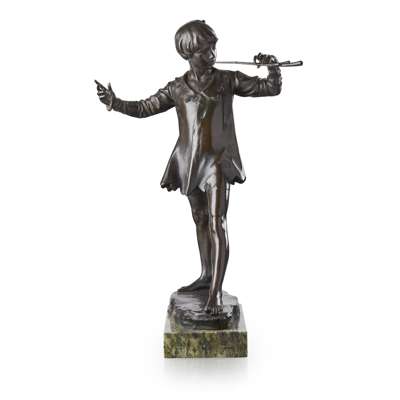
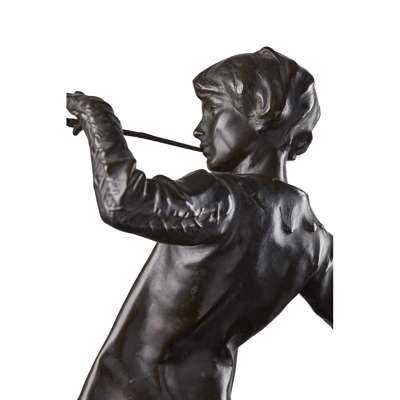
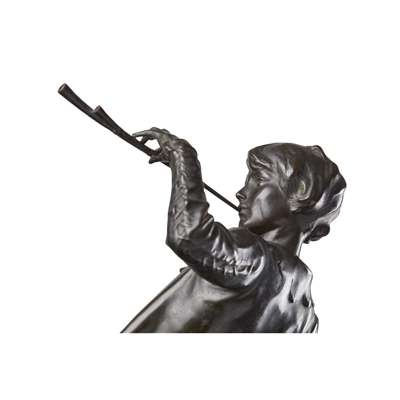
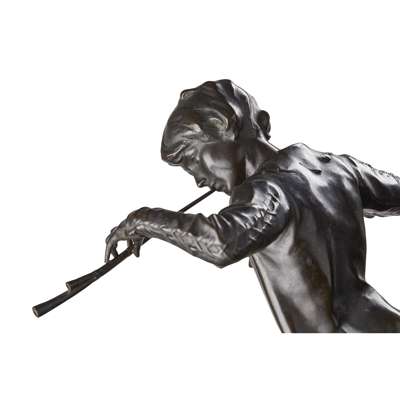
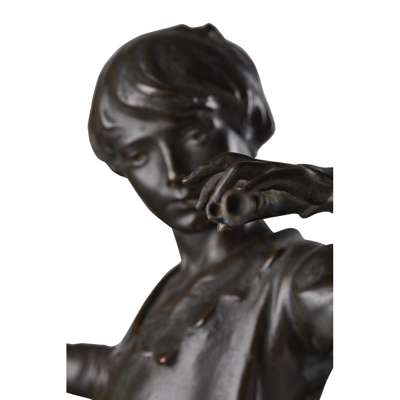
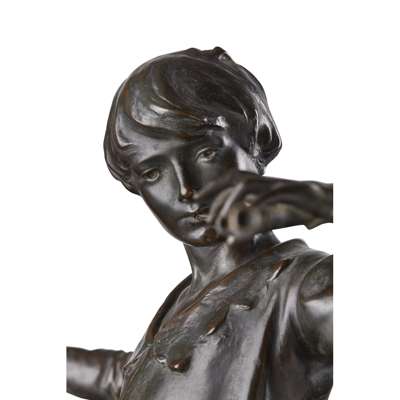
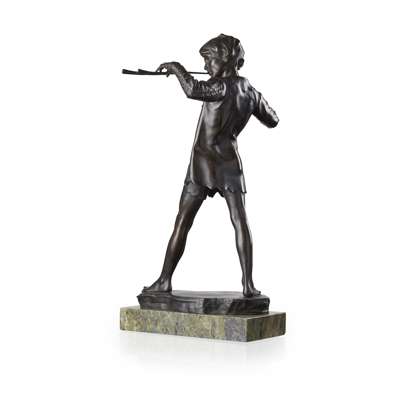
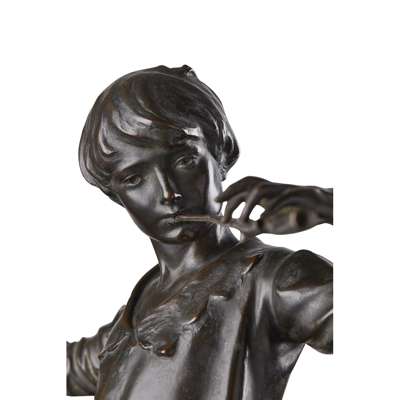
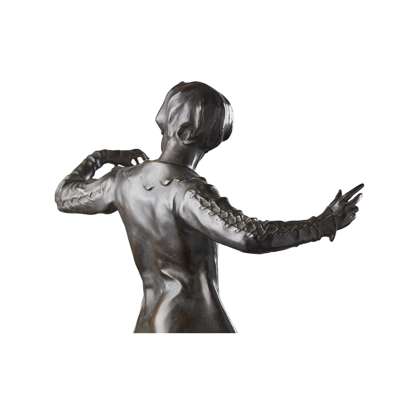
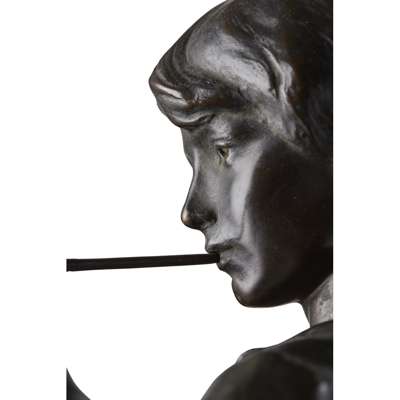
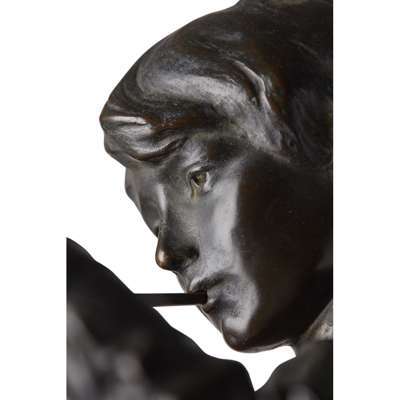
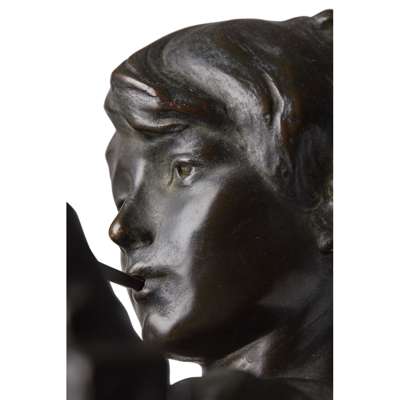
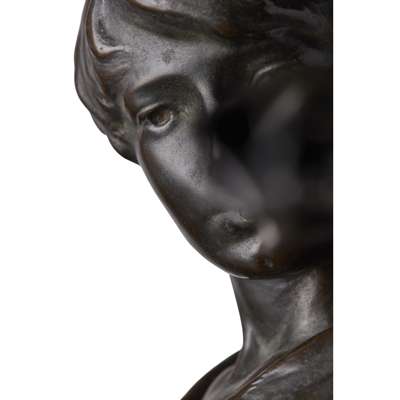
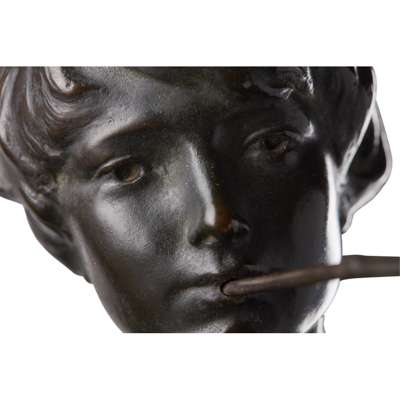
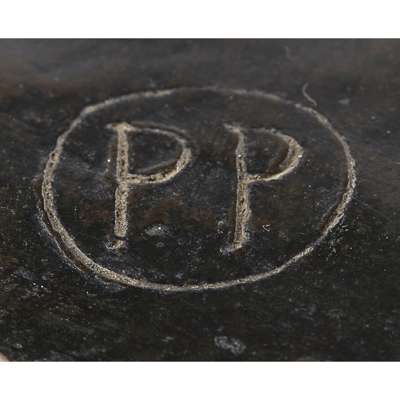
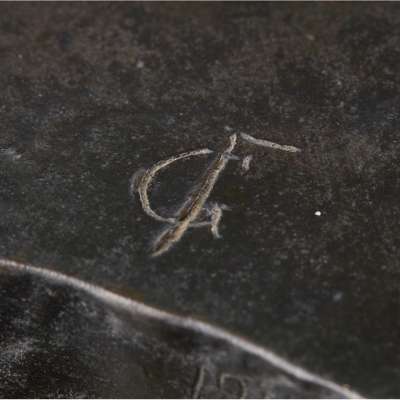


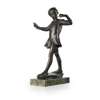
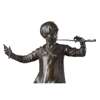
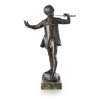
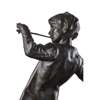
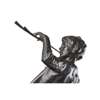
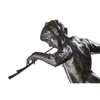
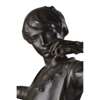
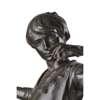
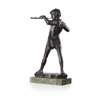

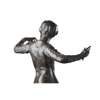
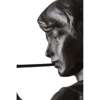

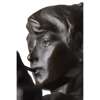
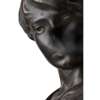
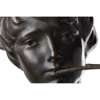
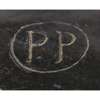
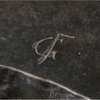
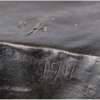
Auction: 1 April 2020 at 11:00 BST
Description
patinated bronze, signed with initials in the bronze GF and dated 1911, also inscribed with an encircled PP and raised on a veined green marble base
Dimensions
figure 48cm high, total height 52.5cm
Footnote
Provenance: Sir Alexander Walker II (1869–1950)
Literature: Skipwith, Peyton Sir George Frampton & Sir Alfred Gilbert, Peter Pan & Eros: Public & Private Sculpture in Britain 1880-1940', The Fine Art Society, London 2002
Note: Sir Alexander Walker II (1869–1950) was the younger grandson of John 'Johnnie' Walker, creator of the famous whisky brand. Sir Alexander donated this figure of Peter Pan to a local educational trust on his death.
In 1911 an anonymous donor commissioned Sir George Frampton to create a sculpture of Peter Pan to be placed on the very spot in Kensington Gardens where the magical boy appears nightly in J M Barrie's Little White Bird of 1901, the first book in which the character appears. Sir George Frampton's 'Peter Pan' is one of the best-known monuments in London, based on the character from J.M. Barrie's novel of the same name, with the author commissioning the statue in Kensington Gardens himself. When it was completed, the original life-size bronze was first shown in 1911 at the Royal Academy, London.
Subsequent to this exhibition the life-sized figure was erected overnight in secret in 1912, with no pre-publicity, simply a brief announcement which appeared in The Times that day:
'There is a surprise in store for the children who go to Kensington Gardens to feed the ducks in the Serpentine this morning…a May-day gift by Mr J.M. Barrie, a figure of Peter Pan blowing his pipe on the stump of a tree, with fairies and mice and squirrels all around. It is the work of Sir George Frampton, and the bronze figure of the boy who would never grow up is delightfully conceived.'
Sir George James Frampton (1860-1928) studied at the Royal Academy, becoming president of the Royal Society of Sculptors in 1911, and is known as one of the leading figures in the New Sculpture movement. Peter Pan marks a technical milestone in the evolution of public sculpture in Britain, reflecting advances in casting by two of Britain's leading foundries at the time, Singer's and Burton's. A further six life-sized casts were erected, in Liverpool, Australia, Belgium, Canada, and the US, demonstrating the wide-spread popularity of Frampton's interpretation of the character.
Taking advantage of its immediate popular appeal, Frampton produced a series of bronze reductions of the main figure as an independent statuette. Despite the familiar presentation of this figure, the early date and subtle details in the casting point to this example being an early, perhaps the first, trial casting.







































